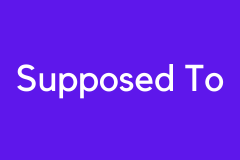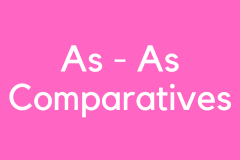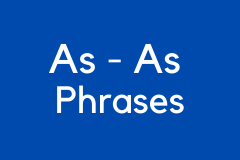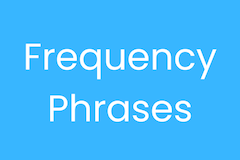Supposed To
Listen to four conversations using the grammar point.
Answer the following questions about the interview.
Supposed to
Point 1:
We use ‘supposed to + base verb’
to express that someone or something is not
doing what was expected. It's similar in meaning
to should.
- I was supposed to work today, but I got sick. (I did not work as planned.)
- Where is Joe? He is supposed to be here. (He is not here, but should be.)
- The game was supposed to be easy. It wasn’t.
- The movie was supposed to be funny. It wasn’t.
Point 2: The verb phrase uses the following pattern:
Subject + be auxiliary + supposed + infinitive verb
Question Form
- Are you supposed to be at work?
- Wasn’t he supposed to be here?
- How was I supposed to know?
Affirmative
- They are not supposed to be doing that.
- She is supposed to be helping me.
- You are supposed to know this.
Negative
- He wasn’t supposed to be here.
- You aren’t supposed to eat that.
- This object is not supposed to be here. Something is amiss!
Point 3:
Pronunciation - The particle ‘to’
is usually strongly reduced to sound like /ta/
in spoken English.
- He’s supposed to be done by now.
- We were supposed to go, but something came up.
- It is supposed to rain tomorrow.
- It was supposed to be sunny today.
Point 4:
Shortened Form - When continuing a discussion
about a recurring action, the base verb at the
end of the phrase is often omitted, even if it
was not fully used previously. In such cases,
the particle ‘to’ is not reduced and spoken
clearly.
- Isn’t Jill supposed to be here?
Yeah, she was supposed to. - Why should the man always pay for
the date?
Because he’s supposed to. - Am I allowed to smoke in here?
You’re not supposed to. - Can I use the company car on the
weekend?
You’re not supposed to, but I’ll allow it this time.
Main Text Goes Here










